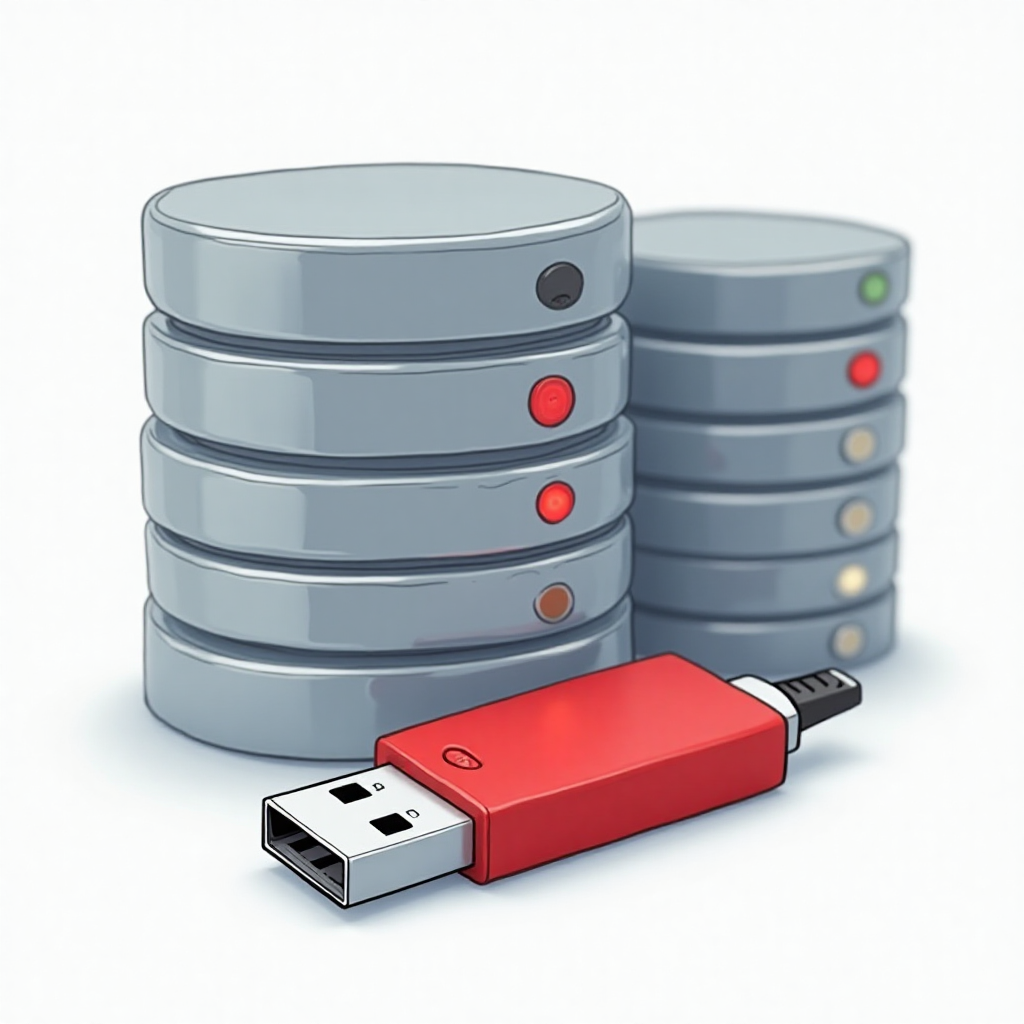Oracle’s Multitenant architecture allows you to unplug a Pluggable Database (PDB) from one Container Database (CDB) and plug it into another, simplifying database migration and management. This quick guide walks through the process of unplugging a PDB into a .pdb archive file and replugging it into another CDB. We will be using the gvenzl/oracle-free images to demonstrate multiple Oracle Database environments.

Prerequisites
- Podman: Installed and running on your system.
- gvenzl/oracle-free Podman Image: We’ll use the
gvenzl/oracle-free:23-slimimage for Oracle Database 23ai Free. - Basic familiarity with Oracle SQL*Plus and Podman commands.
- Ensure you have sufficient disk space for the
.pdbarchive file.
Step 1: Set Up the Source CDB Podman Container
- Create a location for the
.pdbfile:
Because this is demonstrated with two Podman containers, we will need an external volume to save and import the .pdb file
mkdir /tmp/pdb_file
chmod a+rw /tmp/pdb_file
- Run the Source CDB Container:
Start a container for the source CDB, mapping a host directory to persist data and exposing port 1521.
podman run -d --name source-cdb \
-p 1521:1521 \
-v /tmp/pdb_file:/opt/oracle/pdb_file \
-e ORACLE_PASSWORD=LetsTest1 \
gvenzl/oracle-free:23-slim
- Verify the Container:
Check that the container is running and the database is ready.
podman logs source-cdb
Look for a message indicating the database is open (e.g., DATABASE IS READY TO USE!).
- Connect to the Source CDB:
Use SQL*Plus to connect as sysdba.
podman exec -it source-cdb sqlplus / as sysdba
- Create a Sample PDB:
Create a PDB named PDB1 in the source CDB for this demo.
CREATE PLUGGABLE DATABASE pdb1
ADMIN USER pdbadmin IDENTIFIED BY LetsTest1
FILE_NAME_CONVERT=('pdbseed', 'pdb1');
ALTER PLUGGABLE DATABASE pdb1 OPEN;
- Create a dummy table in the PDB:
Create a dummy table in the new pdb1 to check whether it is still there in the target database.
ALTER SESSION SET CONTAINER=pdb1;
CREATE TABLE my_dummy_table (id NUMBER);
INSERT INTO my_dummy_table VALUES (1), (2), (3);
COMMIT;
Step 2: Unplug the PDB into a .pdb File
- Close the PDB:
The PDB must be closed before unplugging.
ALTER SESSION SET CONTAINER=CDB$ROOT;
ALTER PLUGGABLE DATABASE pdb1 CLOSE;
- Unplug the PDB:
Unplug pdb1 into a .pdb archive file. The .pdb file includes the PDB’s metadata (XML) and datafiles, simplifying transfer.
ALTER PLUGGABLE DATABASE pdb1
UNPLUG INTO '/opt/oracle/pdb_file/pdb1.pdb';
- Verify the
.pdbfile:
Check that the .pdb file was created in the container.
podman exec source-cdb ls -lh /opt/oracle/pdb_file/pdb1.pdb
- Drop the PDB (Optional):
If you no longer need pdb1 in the source CDB, drop it, including the datafiles (already in the .pdb archive).
DROP PLUGGABLE DATABASE pdb1 INCLUDING DATAFILES;
Step 3: Set Up the Target CDB Podman Container
- Run the Target CDB Container:
Start a new container for the target CDB, using a different name and port to avoid conflicts.
podman run -d --name target-cdb \
-p 1522:1521 \
-v /tmp/pdb_file:/opt/oracle/pdb_file \
-e ORACLE_PASSWORD=LetsTest2 \
gvenzl/oracle-free:23-slim
- Verify the Container:
Check that the container is running and the database is ready.
podman logs target-cdb
Look for a message indicating the database is open (e.g., DATABASE IS READY TO USE!).
Step 4: Plug the PDB into the Target CDB
- Connect to the Target CDB:
Use SQL*Plus to connect to the target CDB.bash
podman exec -it target-cdb sqlplus / as sysdba
- Check Compatibility:
Verify that the unplugged PDB is compatible with the target CDB.
SET SERVEROUTPUT ON
DECLARE
compatible BOOLEAN;
BEGIN
compatible := DBMS_PDB.CHECK_PLUG_COMPATIBILITY(
pdb_descr_file => '/opt/oracle/pdb_file/pdb1.pdb'
);
IF compatible THEN
DBMS_OUTPUT.PUT_LINE('PDB is compatible');
ELSE
DBMS_OUTPUT.PUT_LINE('PDB is not compatible');
END IF;
END;
/
If the output indicates compatibility issues, check the PDB_PLUG_IN_VIOLATIONS view for details.
- Plug in the PDB:
Create a new PDB using the .pdb archive file. The COPY option copies the datafile it a new location (default).
CREATE PLUGGABLE DATABASE pdb1
USING '/opt/oracle/pdb_file/pdb1.pdb'
COPY
FILE_NAME_CONVERT=('/opt/oracle/pdb_file', '/opt/oracle/oradata/FREE/PDB1');
- Open the PDB:
Open the PDB to make it accessible.
ALTER PLUGGABLE DATABASE pdb1 OPEN;
- Verify the PDB:
Check the status of the PDBs in the target CDB.
SELECT name, open_mode FROM v$pdbs;
You should see PDB1 in READ WRITE mode.
Step 5: Test the Plugged PDB
- Connect to the PDB:
Switch to pdb1 to verify its contents.
ALTER SESSION SET CONTAINER=pdb1;
SELECT * FROM my_dummy_table;
You will see the data from the previously created dummy table.
Cleanup (Optional)
If you’re done with the demo, stop and remove the containers and delete the temporary directory:
podman stop source-cdb target-cdb
podman rm source-cdb target-cdb
rm -rf /tmp/pdb_file
Tips and Considerations
- Compatibility: Ensure the source and target CDBs have the same endianness, character sets, and installed options.
- Storage: The
.pdbarchive can be large for big databases. Ensure sufficient disk space for the archive location. - Security: Use strong passwords in production and consider Transparent Data Encryption (TDE) for sensitive data, as noted in Oracle’s documentation.
- Alternative Methods: You can use an XML file (
.xml) with separate datafiles instead of a.pdbarchive, but the.pdbsimplifies file management, especially for databases with many datafiles.
Conclusion
With Oracle Database, you can easily unplug a PDB into a .pdb archive and plug it into another CDB. This process is ideal for database migrations, testing, or maintaining “gold image” PDBs.
For more details, check Oracle’s official documentation on PDB unplug/plug operations.
Happy database plugging!
